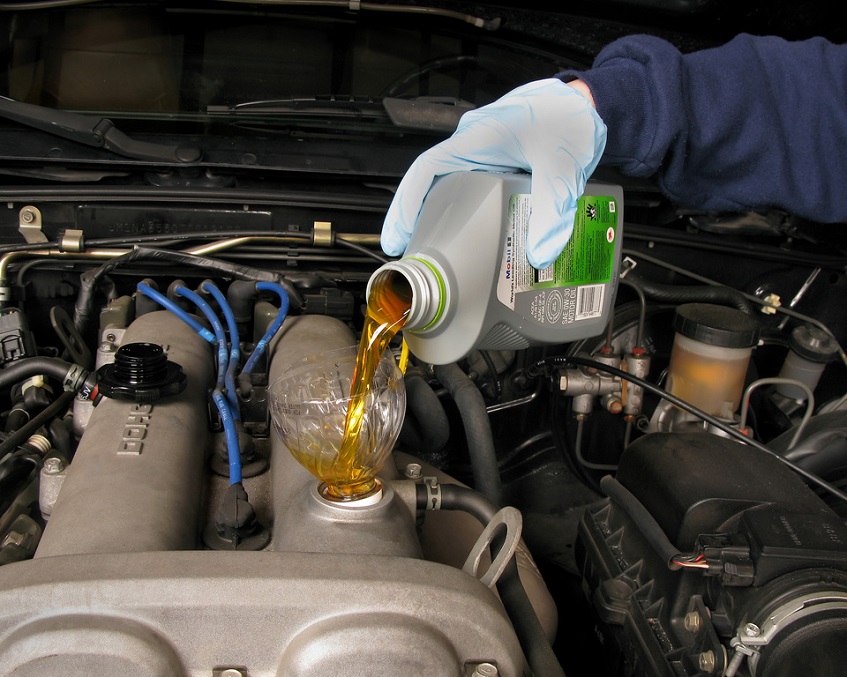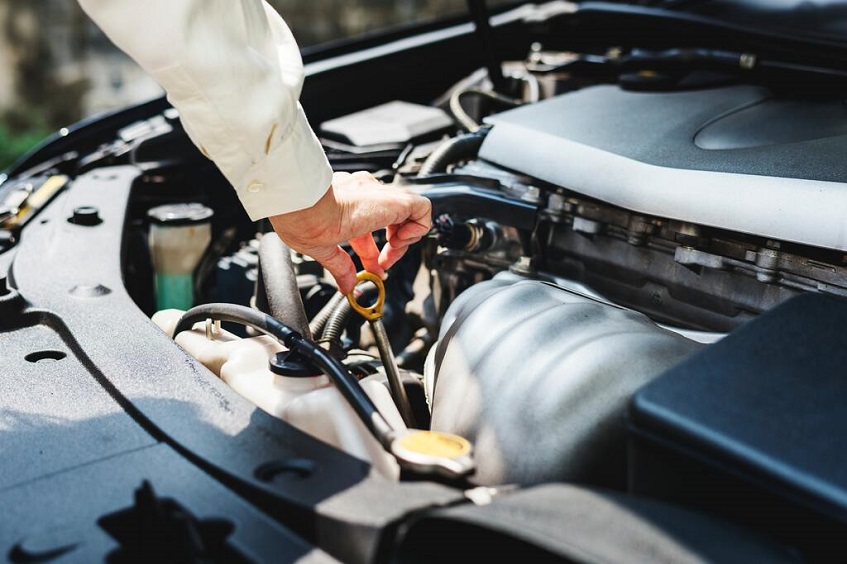
Importance of Car Oil Replacement: How-To Guide to Changing Your Oil
Replacing engine parts due to wear or fault can be costly and time-consuming. It’s a lot easier to replace the oil first before the engine suffers any damage.
When engines are running, they produce huge amounts of heat and friction which can lead to oil breakdown, or ‘wear-out’. When this happens, components begin to wear out, causing possible mechanical failure. This can be avoided by regularly changing the engine oil. Changing your car’s engine oil every 6 months or 5000 kilometres is one of the most cost-effective ways of protecting your car from mechanical failure.
This is because oil is what protects all the moving parts inside your car’s engine, keeping them free from corrosion and preventing excessive wear. Changing your car’s engine oil can save you a lot of money in repairs, as well as extend the life of your car. This is one of the simplest ways you can do to keep your car running like new. A lot of people are not aware that their cars need an oil change and they end up driving around with low-quality oils, which can lead to a lot of mechanical problems.
Besides the oil, you might need to change your oil cap, oil pump or oil pan. The oil pump plays a crucial role in keeping the engine lubricated and if it breaks, then you will have to replace your entire engine. Changing the oil pan can also save you from leaks as well as provide better protection for your engine. Oil pans are usually made of stainless steel and they protect vital auto engine part from rust and corrosion.
It is important that you choose the right products when replacing your oil pump or oil pan. You should always go for products that are made by reputable companies such as Vaico, Swag or JP Engineering. These brands have a lot of experience when it comes to making auto engine part products and they only sell top-quality products.
If you want your car’s engine to last longer, then replacing its oil components is one of the best ways to do so. Changing your engine oil every 6 months or 5000 kilometres can help prevent wear and mechanical failures.

Contents
Changing the Oil in Your Car: A How-To Guide
The following are some of the most common reasons why people change their car’s oil:
To prevent engine failure and prolong the life of your vehicle; To protect the moving parts inside your engine from excessive wear and corrosion; To maintain cleanliness and improve performance, as well as increase fuel efficiency.
Changing your car’s engine oil can be an easy task if you know how to do it correctly. This article will teach you how to change your car’s oil so that you can do it yourself without having to hire a professional mechanic. All you need is some basic knowledge and a few tools that you can buy from your local hardware store.
Materials Needed:
1 drain pan, 2 quarts (or litres) of engine oil, 4-5 rags or paper towels, a jack to raise your car’s chassis, a wrench set to fit your car’s drain plug, and the necessary filter for your vehicle. If it is unavailable in stores, you will have to order one online or purchase one from your local auto parts dealer.
Note: If you have an automatic transmission, then make sure that the filter for your car is compatible with this type of transmission.
Steps to Replacing Your Car’s Oil
Step 1: Locate Your Engine’s Oil Dipstick
Your car’s engine has a dipstick that allows you to check the level and condition of its oil. To locate this dipstick, look at your engine from below and you should see a thin rod extending out of it. This rod is where the oil dipstick is located, so be careful not to confuse it with any other part of your engine.
Step 2: Checking the Condition of Your Car’s Oil
To check the condition of your car’s oil, remove the dipstick and wipe off any excess oil on a rag or paper towel. Once you have done this, look at the bottom of your dipstick and see if there are any visible particles in the oil. If so, then it means that there is dirt and debris inside your engine
Step 3: Replacing the Oil Filter
If there are particles in your engine oil, then you will have to change its filter. This is because filters are designed to trap dirt and debris so that they do not get into other moving parts inside your car’s engine. To replace your old filter, follow these steps:
- Locate your car’s filter at the bottom of its engine;
- Remove the old filter by unscrewing its bolts with a wrench;
- Put the new filter in its place and tighten it;
- Fill up your engine with 2 quarts of fresh engine oil.
Step 4: Replacing Your Engine Oil
Place a drain pan under your car’s engine, then jack up your car’s chassis so that you will have easy access to all of its parts. Next, take out your car’s oil plug and let the old oil flow into the drain pan. After letting the oil flow for about 10 minutes, take out your drain pan and put in a new engine oil filter. Pour 2 quarts of fresh engine oil into your car’s engine. Tighten all the parts on your car’s engine thoroughly so that it stays in place.


No Comments